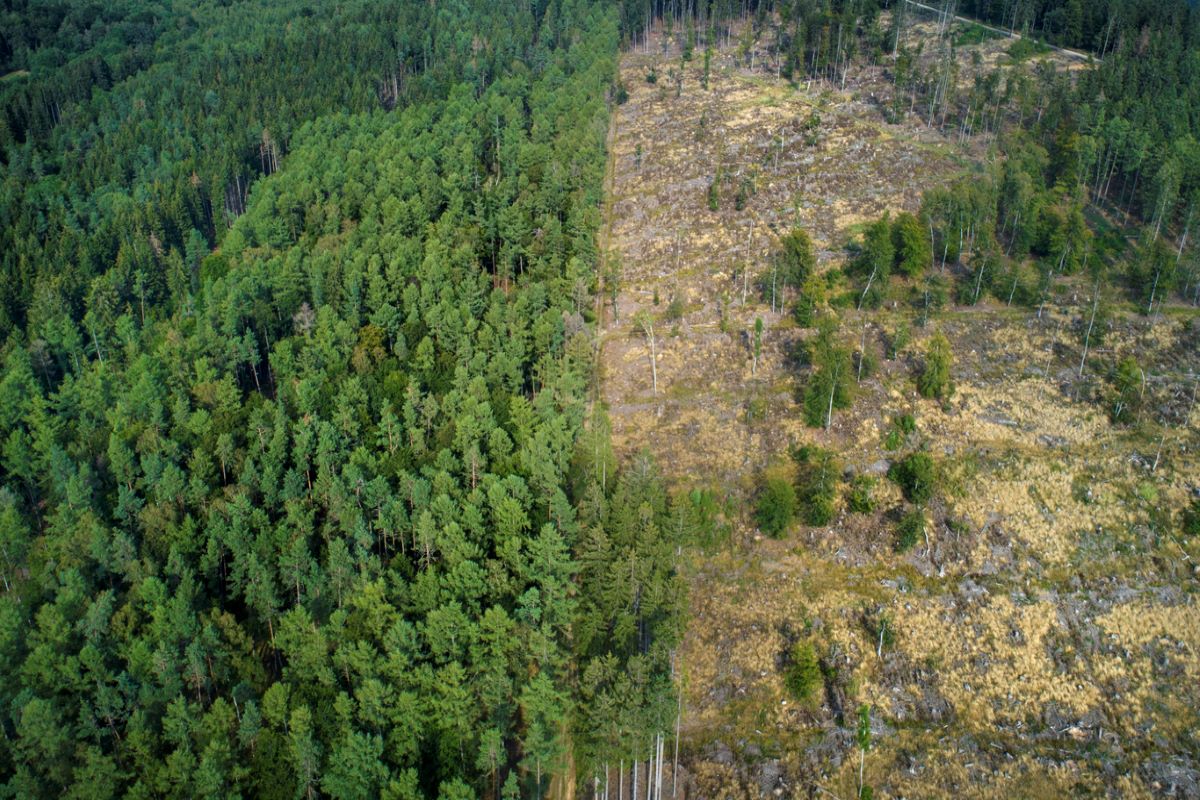BJP accuses Jharkhand govt of employment scandal
The issue of employment is currently at the forefront of political discussions in Jharkhand.
The dense forests and greenery of Jharkhand are its cultural and environmental identity. At the heart of these forests lies the state tree, the Sal (Sakhua).

Representational image (iStock photo)
The dense forests and greenery of Jharkhand are its cultural and environmental identity. At the heart of these forests lies the state tree, the Sal (Sakhua). This tree is crucial for its ecological and economic utility.
However, in recent years, the declining number of Sal trees has become a serious concern for the state and the environment.
Advertisement
One of the most unique characteristics of the Sal tree is that its seeds cannot be germinated in nurseries. Within 15 days of falling, the seeds naturally germinate in the forest.
Advertisement
However, a major challenge arises when villagers uproot these young saplings for use as chewing sticks or cut them for other domestic purposes. This prevents the saplings from growing into mature trees, resulting in their destruction at an early stage.
The forest department in areas like Hazaribagh and its surroundings is deeply concerned about the declining number of Sal trees. Forest official A.K. Parmar stated, “The young saplings are plucked or cut before they can grow. Villagers use these plants for making stakes or other domestic purposes, which is leading to a steady decline in the Sal tree population.”
Environmentalist Murari Singh pointed out that forest fires pose a significant threat to Sal trees. These fires destroy seeds, preventing new saplings from germinating. Additionally, the negligence and lack of awareness among villagers also hinder the conservation of these plants.
According to an environmental survey, the number of Sal trees in Jharkhand has decreased by approximately 18% between 2015 and 2023. The primary reasons for this decline are forest fires, illegal felling, and the uprooting of young saplings.
Advertisement